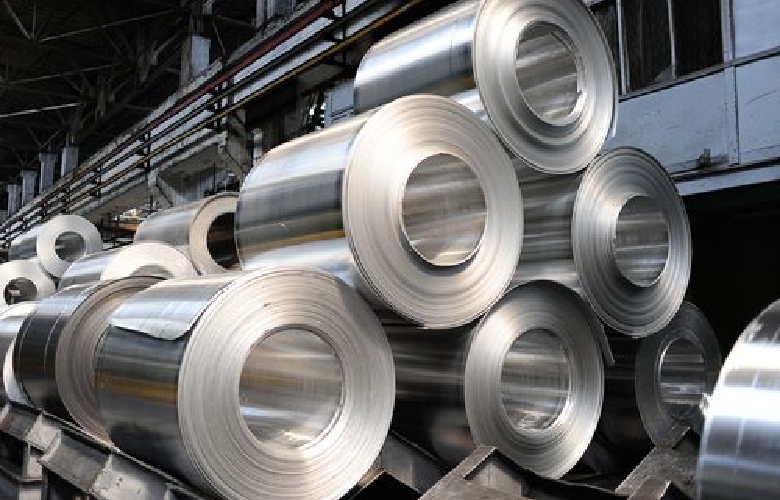A Comprehensive List :Types Of Aluminum Acing The Aerospace Industry

It is becoming increasingly well-known that aluminum is undisputedly one of the most important materials in the aerospace industry. However, there are a number of variations or “alloys” of aluminum that are important in the industry, and they all offer their own unique set of advantages and disadvantages. They are typically identified by a unique number, such as 6061 aluminum. We at Kalapurna have put together this blog exploring some different alloys, as well as their properties and applications.
Popular Aluminum Alloys in the Aerospace Industry
Aluminum Alloy 2014
This particular alloy is one that is very popularly used in the aerospace industry as it possesses an impressive combination of tensile strength, lightweight nature and immense durability. Apart from the obvious composition of aluminum, this alloy also contains prominent amounts of copper, along with smaller traces of manganese as well as magnesium. These grant it the remarkable tensile strength and corrosion resistance that it has, making it a fantastic alloy to be used in aerospace systems. Due to these advantageous characteristics, it is commonly found in aircraft wings, fuselages, as well as the landing gear components.
It is also worth noting that the alloy possesses great resistance to high temperatures and superb structural integrity, even when under great pressure - which is why it is also often used as part of aerospace engines and airframes. The material’s lightweight nature also means that it is very helpful considering the aerospace industry’s emphasis on minimal weight and good fuel efficiency.
Aluminum Alloy 2219
Much like alloy 2014, aluminum alloy 2219 is another material that contains copper, and it meets some very specific requirements that not too many other materials can. Some of the characteristics that it possesses are also shared with alloy 2014, such as its impressive ratio of strength to weight. The alloy is also very easily weldable, which means that it is very useful for a wide range of production and fabrication purposes in the aerospace industry.
The material is also known to be used in the making of various structural components as well as fuel tanks of space crafts and launch shuttles. This is thanks to its resistance to corrosive elements and its remarkable durability even for lengthy periods of time.
Aluminum Alloy 5052
Another very well-known material in the aerospace industry, alloy 5052 is incredibly versatile and very lightweight. Unlike the previous two materials, the main metal that is paired with aluminum to form this alloy is magnesium, along with smaller traces of manganese and chromium. One of the main similarities that it shares with the other two alloys is that it is highly resistant to corrosion, which means that it is a naturally useful material that withstands even the harshest of environments. A huge advantage of this alloy is that it can easily be molded and produced in a variety of complex shapes and designs.
It is notably not as strong as some of the other alloys used in the aerospace industry, but is astonishingly lightweight, and one of its leading applications is in the aircraft skins, components which are not within the airframe, as well as interior panels of the craft. This characteristic of the alloy makes it vital in obtaining fuel efficiency.
Aluminum Alloy 7475
Aluminum alloy 7475 is a very popular material in the world of aerospace due to its exceptional strength and high resistance. Just as with alloys 2014 and 2219, the alloy mainly contains aluminum that has been paired with copper as its main alloying component, along with smaller amounts of materials such as zinc and magnesium. Due to its immense strength, alloy 7475 has been most commonly used in components of aircrafts such as aircraft fuselages as well as wing parts. These are the parts of the aircrafts that will understandably need the strongest and most reliable materials.
This alloy has also been commonly found in commercial as well as military aircraft, as it offers great fuel efficiency and weight reduction, due to its impressive lightweight characteristics. It is known to remain incredibly durable for long periods of time, in even the most high-pressure environments.
As you can see, while these aluminum alloys do share a variety of characteristics with each other, they also possess some stark properties that separate them from each other. These are just a handful of the many aluminum alloys that are quite prominent in the world of aerospace systems. Kalapurna not only specializes in aluminum alloy, but we offer a range of other products such as titanium alloy, copper plate, and so much more.